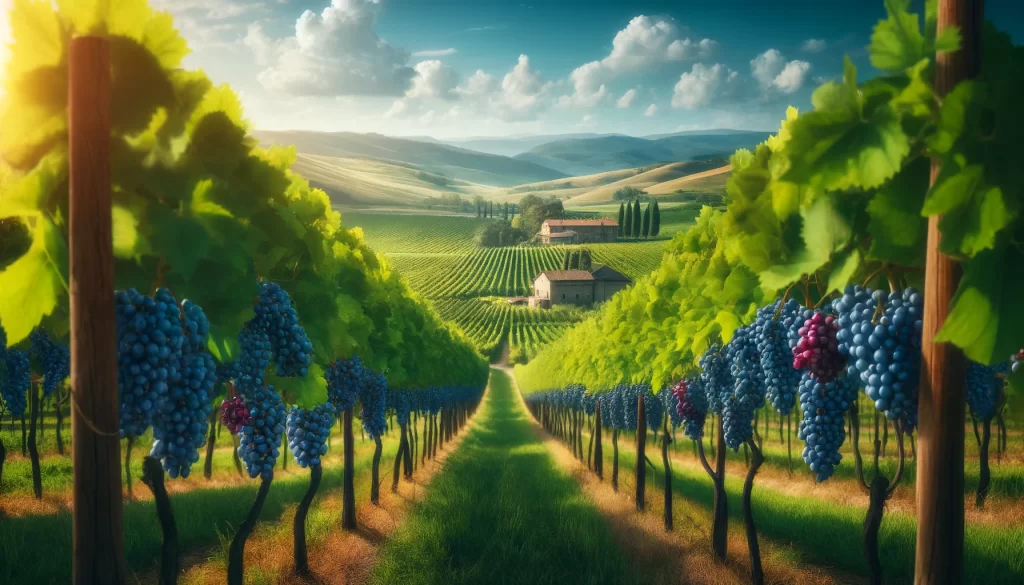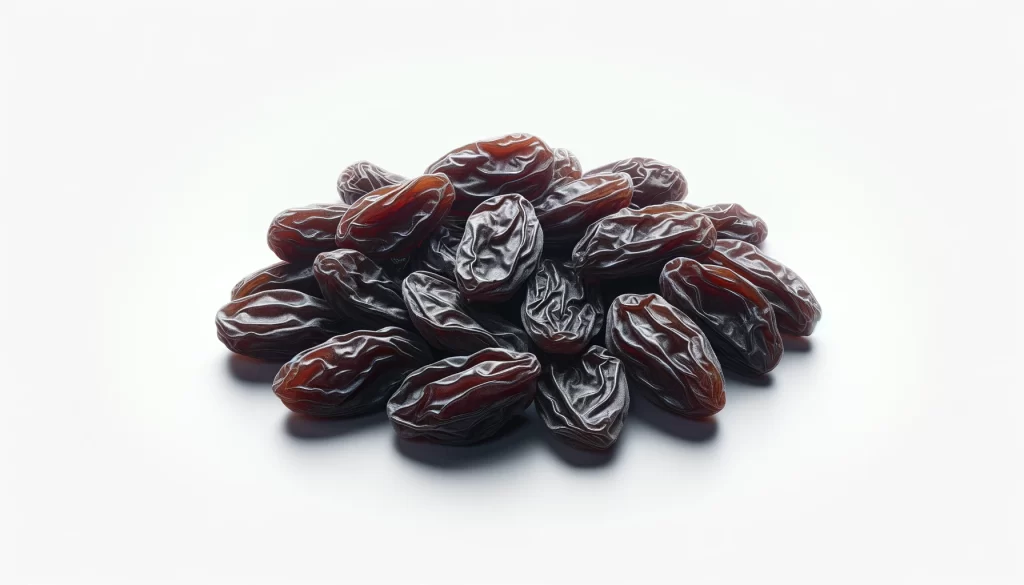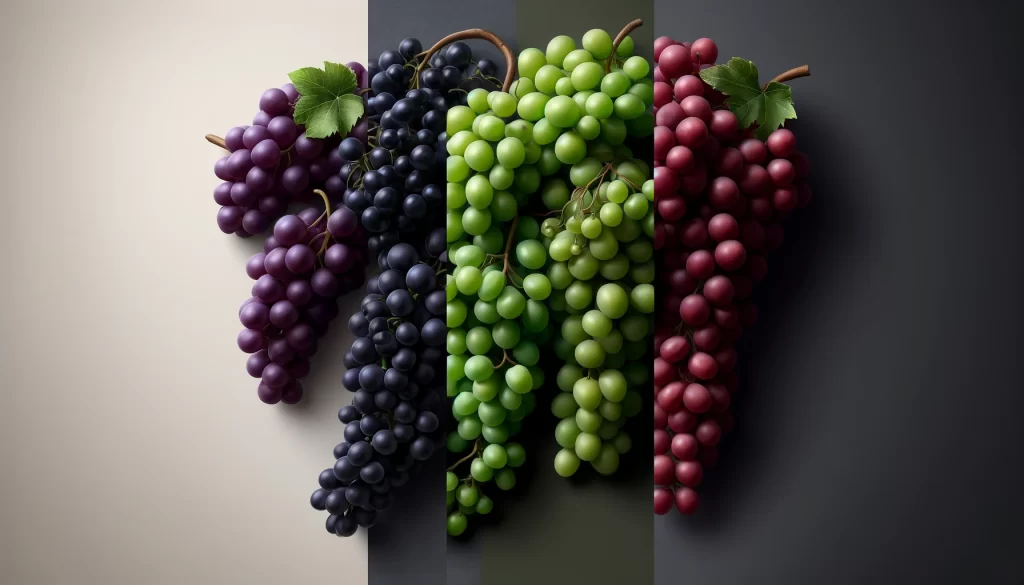Wine Grapes
Grapes intended for wine production are divided into red and white varieties. Among the reds, Cabernet Sauvignon stands out for its robust and tannic wines; Merlot, with a smooth and velvety flavor; Pinot Noir, which produces elegant and complex wines; Syrah/Shiraz, famous for its deep color and spicy flavors; and Malbec, very popular in Argentina for its dark and rich wines.
As for the white varieties, Chardonnay is very versatile and produces wines ranging from fresh and fruity to complex and full-bodied. Sauvignon Blanc is distinguished by its citrus and herbal flavors and high acidity. Riesling, which can be very dry or sweet, is known for its high acidity and fruity aromas. Pinot Grigio/Pinot Gris varies in style from light and refreshing to richer and more complex, while Gewürztraminer is appreciated for its intense aromas of lychee, rose, and spices.

Table Grapes
For direct consumption, the most popular table grapes include Thompson Seedless, the most common seedless variety, also used for making raisins. The Red Globe, with its large round grapes and seeds, is known for its sweet flavor and crunchy texture. Crimson Seedless and Flame Seedless are seedless red varieties appreciated for their sweetness and firmness. Lastly, the Concord, a blue grape with seeds, is famous for its use in juices and jellies due to its distinctive flavor.
Raisin Grapes
Thompson Seedless is the main variety used for raisin production, thanks to its size and flavor. The Black Corinth, also known as Zante Currant, is a small, dark grape primarily used for making currants. The Muscat, known for its sweet and aromatic flavor, is used for raisins, wine, and fresh consumption.

Juice Grapes
In juice production, the Concord is predominant due to its strong and distinctive flavor, ideal for juices and jellies. The Niagara, similar to the Concord but golden green in color, is also used for juices and table wines.
Mixed Production Grapes
Some grape varieties are used for wine, raisins, and fresh consumption. The Muscat, with its sweet and aromatic flavor, is one of these versatile varieties. Another is the Catawba, a red grape used for wine, juice, and as a table grape, known for its unique flavor.
In summary, each grape variety has specific requirements in terms of climate, soil, and agricultural management and is selected based on its final use and the conditions of the growing area.

Grape Cultivation Agriculture
1. Site Selection
- Climate: Grapes require a specific climate to thrive. Wine grape varieties are generally grown in regions with moderate winters and dry, warm summers. The optimal temperature during the growing season is between 15-30°C.
- Soil: They prefer well-drained soils with good structure and composition. Rocky or calcareous soils are ideal. The soil pH should be in the range of 5.5 to 7.
2. Grape Varieties
- There are numerous grape varieties, each adapted to different climatic conditions and soil types. The most common varieties include Cabernet Sauvignon, Merlot, Chardonnay for wine, and Thompson Seedless, Red Globe for table grapes.
3. Planting
- Vineyard Design: Planting density varies according to the variety and management system. Generally, a distance of 2 to 3 meters between rows and 1 to 1.5 meters between plants in the row is recommended.
- Soil Preparation: Includes deep plowing, organic amendments, and pH correction. Good drainage is crucial to avoid waterlogging problems.
4. Vineyard Management
- Pruning: Essential for controlling fruit production and maintaining plant health. Pruning is done during the dormancy season.
- Watering: Grapes require proper water management. Drip irrigation is ideal as it allows precise water application.
- Fertilization: Based on soil and foliar analysis, specific nutrients are applied to meet the plant’s needs.
5. Pest and Disease Control
- Grapes are susceptible to various pests and diseases such as downy mildew, powdery mildew, phylloxera, and botrytis. It is essential to implement integrated pest management (IPM) that includes cultural, biological, and chemical practices.
6. Harvest and Post-Harvest
- Harvest: The harvest time depends on the type of grape and its final use. For wine, they are harvested when they reach phenolic maturity and the appropriate sugar content.
- Post-Harvest: Includes practices such as refrigeration, sorting, and packaging to maintain the fruit’s quality until sale.
7. Economic Considerations
- Establishment Cost: Starting a vineyard can be costly due to the investment in plants, infrastructure, and machinery.
- Profitability: Profitability depends on factors such as grape quality, yield per hectare, market, and sale prices.
8. Sustainability
- Implementing sustainable practices is vital to reduce environmental impact. This includes the use of organic amendments, efficient irrigation techniques, and integrated pest management.
 AgronoBlog – Agriculture Blog
AgronoBlog – Agriculture Blog